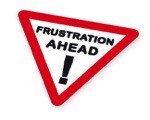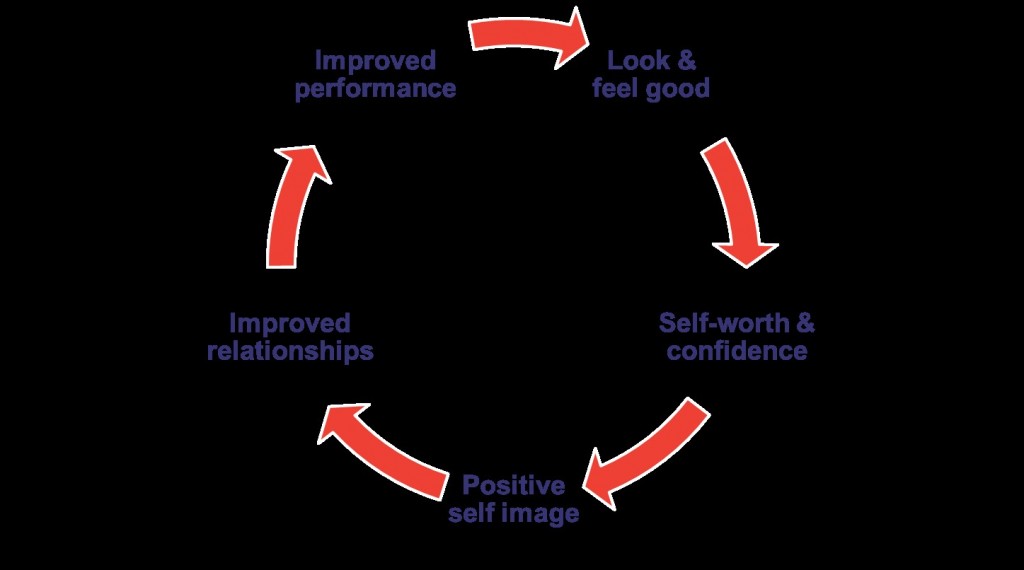 On 11 June 2015, Voice At The Table hosted its first flagship event, the Make Your Own Luck! conference for professional women. With 20 speakers and some 100 delegates, the day was marked by great content, fantastic engagement and an enviable buzz.
On 11 June 2015, Voice At The Table hosted its first flagship event, the Make Your Own Luck! conference for professional women. With 20 speakers and some 100 delegates, the day was marked by great content, fantastic engagement and an enviable buzz.
Over the next few months we will be sharing with you some of the highlights from the speaker and panelist sessions, so watch this space! In the meantime, here is a quick overview.
Who was there?
The majority of our delegates were aged between 31 and 50 – with a light (and nonetheless welcome!) sprinkling of younger and older representatives. Many came from the legal profession or from financial services but a number of other sectors were also represented, most notably HR, FMCG and Consulting.
What were they seeking?
In our pre-conference survey we invited delegates to identify what they wanted to hear about, and over half of them took the opportunity to do so. Some key themes emerged:
- How women can turn their gender into an advantage instead of a disadvantage in progressing their career
- How to identify and maximise our strengths
- How to develop key skills such as building relationships, presenting, influencing
- A desire for practical examples and case studies from the speakers on how they had achieved success in their chosen career
What did the day contain?
Five keynote speakers – Helena Morrissey, Marianne Abib-Pech, Suzanne Doyle Morris, Eilidh Milnes and Jayne Constantinis – each addressed an aspect of how to progress our careers, ranging from taking ownership and responsibility in order to “make our own luck” rather than hoping that luck will find us, to developing our confidence and learning how to speak and present effectively.
In addition there were four panellist sessions, where a range of experienced professionals from diverse industries shared their own experiences and insights on key topics such as taking the initiative, getting our voices heard, building relationships and the role of culture in organisations in realising women’s talent and potential.
There was a fabulous buzz throughout the day, with delegates taking the opportunity to meet each other, practice their networking skills via an entertaining bingo game and exchange views on what they had learned.
What did the delegates say afterwards?
The vast majority of delegates kindly completed a quick survey at the end of the day and all of them said they would recommend the event to others, with an overwhelming 98% saying it had been excellent.
Some of the comments that the Voice At The Table team will treasure include:
“I do feel this is the first day of the rest of my career”
“I think there is a real gap in the market for events like this which connects women across industries and points in their career.”
“Thoroughly enjoyable day, distinguished by a friendlier and more supportive vibe than other events.”
“Liked the way the conference made you think. It approached the topic from many different angles that help stimulate thinking and respected the high level of intelligence in the audience.”
What’s next?
Look out for the next in our series of posts that will focus on some of the learnings from our keynote speakers and panels. And if you’d like to benefit from more support from Voice At The Table, why not take a look at our Training Academy, where we run a wide range of workshops, all aimed at helping you to develop the skills to progress your career. Or you can join our newsletter.
Voice At The Table helps build the company of the future through gender diversity. We do this by supporting women in carving their own path to success. We focus on building confidence, resilience, and initiative. Follow us on Twitter at @VoiceAtTheTable and let us know what you think about our services and offering. Your feedback makes us better.



 Do men connect with the things that women hold as self-evident? When I ask my fellow educated, professional male colleagues whether they would like to see more women in senior positions, they mainly answer yes. Good news for women? Well, actually, maybe not. Because, somehow, they cannot, do not, or are not willing to articulate why.
Do men connect with the things that women hold as self-evident? When I ask my fellow educated, professional male colleagues whether they would like to see more women in senior positions, they mainly answer yes. Good news for women? Well, actually, maybe not. Because, somehow, they cannot, do not, or are not willing to articulate why.












